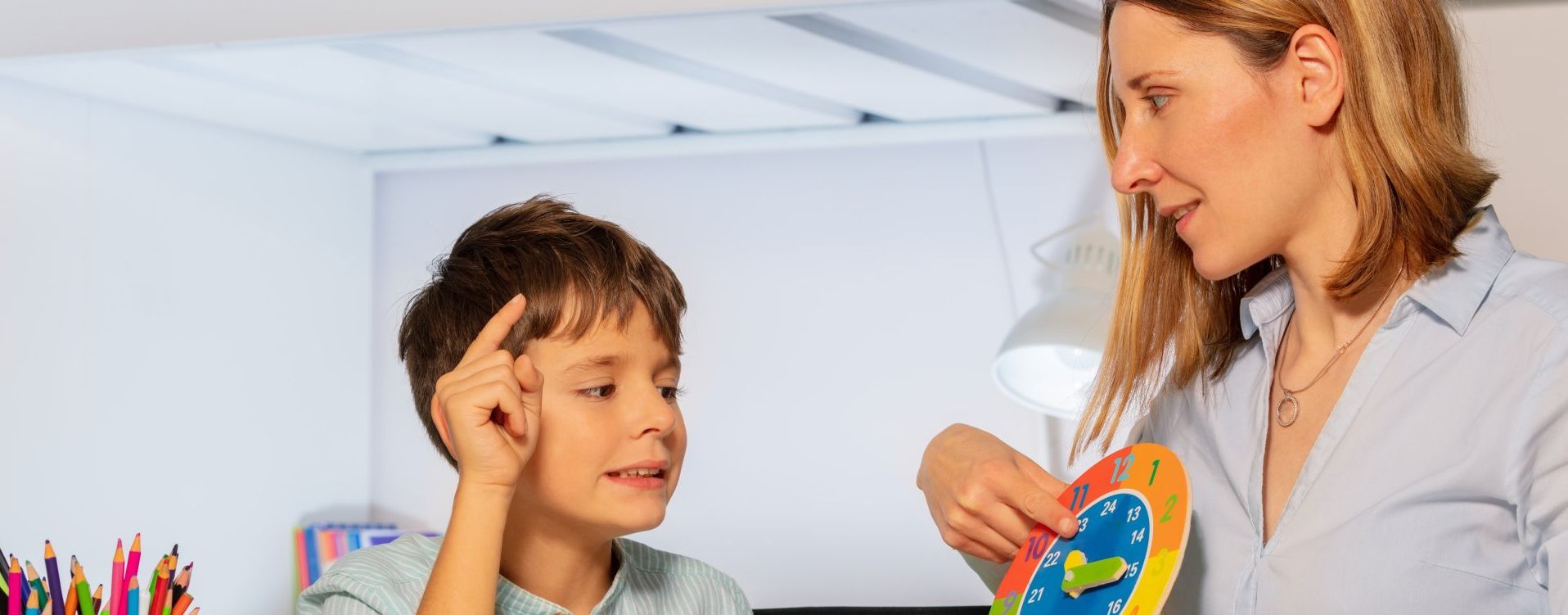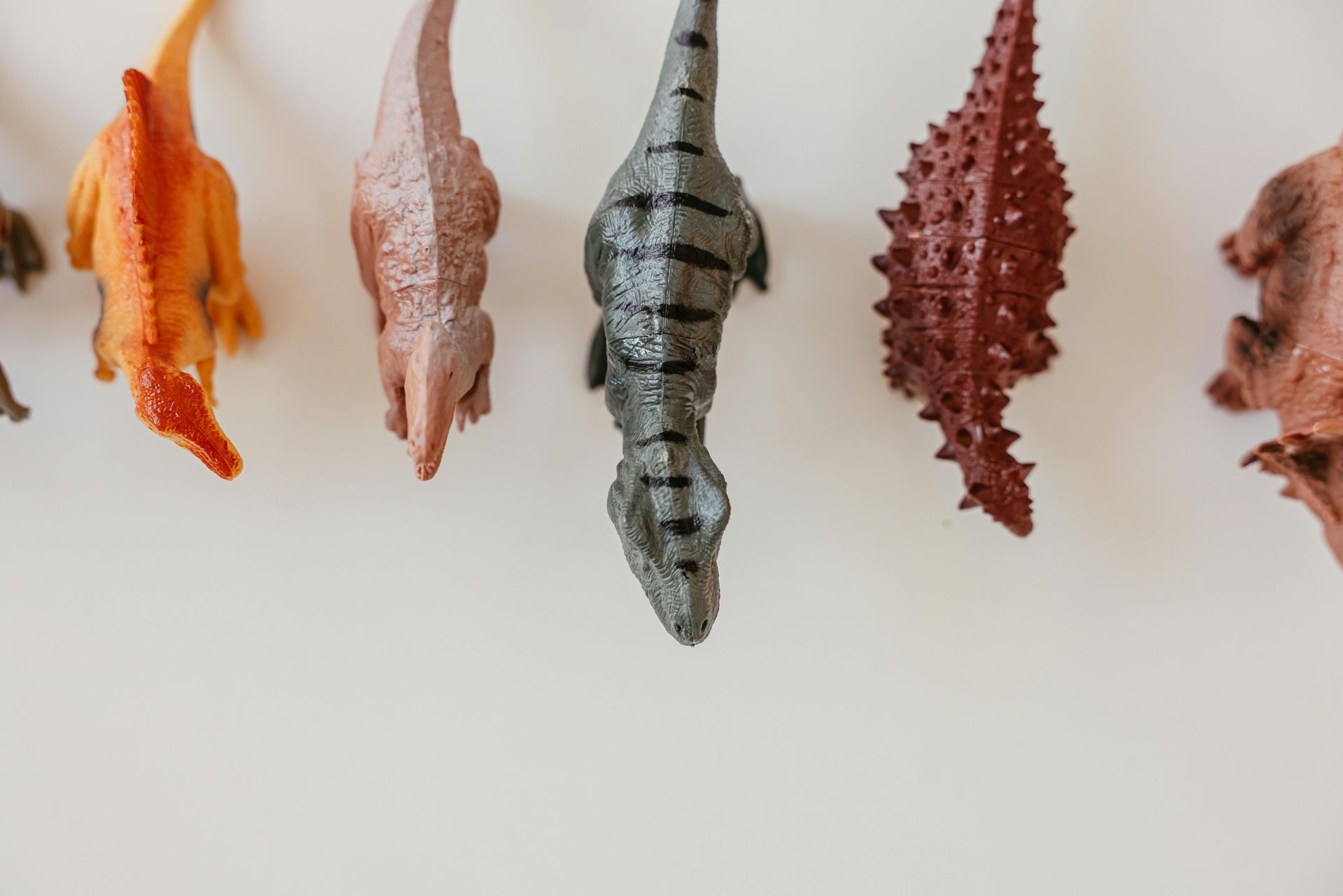Top Five Strategies for Teaching Students With Autism
Top Five Strategies for Teaching Students With Autism

Students with autism have strengths and weaknesses that cause them to learn differently than neurotypical students. Social skills, communication, and executive function skills like focusing and organization tend to be difficult for these students. The average classroom, with its loud sounds and bright lights, has the potential to be over stimulating and distracting. On top of this, any learning environment can be unpredictable, which is particularly challenging for a child with autism who desires rigid structure. For all these reasons, it is important to consider and implement the best practices for teaching students with autism in the classroom setting.
Structured Learning Environment - Establishing a highly predictable learning environment is incredibly important for students with autism. Consistent routines and clear expectations create a sense of security, making it easier for them to engage in learning activities.
Visual Aids and Supports - Incorporating visual aids, such as picture schedules, visual cues, and charts, can help students with autism comprehend and remember information better. Visual supports provide structure, reduce anxiety, and enhance their ability to follow instructions.
Individualized Instruction - Recognizing that each student with autism is unique, it is crucial to provide individualized instruction tailored to their specific needs and strengths. Personalized learning plans can address their challenges while capitalizing on their interests and abilities.
Promote Social Skill Development - Implement social skills training within the curriculum to help students with autism develop appropriate ways of interacting with others. Role-playing activities, peer modeling, and cooperative learning can facilitate social growth and foster inclusive environments.
Avoid figurative language - It is important to use as much concrete language as possible when working with students with autism, as this is how they tend to process language. They require clear instruction that steers clear of nonliteral references.
Understanding the impact of autism on learning is essential for educators to provide effective support to students with autism. By employing the teaching strategies above, educators can create a nurturing learning environment and promote the overall development of students with autism.
Bonus Classroom Tips!
● Stay calm and be positive
● Model desired behaviors
● Allow students opportunities to practice social skills
● Teach and encourage acceptance and understanding
● Partner up a student with autism with a classmate who will be a good role model; this can be beneficial for both students in the partnership
● Orchestrate opportunities for students on the spectrum to interact with other students in a social setting
● Use specific praise when reinforcing positive behaviors
● Give an autistic student plenty of advance notice if there are to be any changes to the daily schedule or routine
● Stay keenly attuned to a student’s sensory issues and make adjustments if needed
Positive Reinforcement offers in Home ABA Therapy in Richmond Virginia, North Virginia, West Virginia and surrounding areas..










